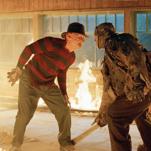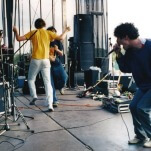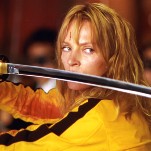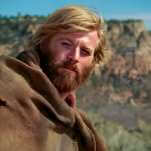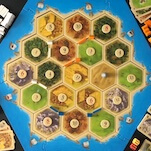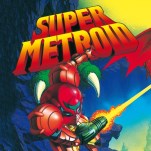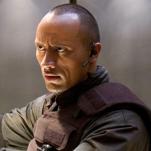The Seven Samurai, Ranked

Akira Kurosawa’s Seven Samurai is the blueprint to…well, too many films to list here. It’s not just a century-defining action film, setting in stone many archetypes that we still see today. It was a game-changer for Japanese cinema, the culmination of an expensive, lengthy and often challenged production that broke new ground for Kurosawa’s filmmaking. At 70 years old, it’s delightful that it still lives up to its reputation: It’s an intricate, entertaining and compelling historical epic of lone wolves in the tumultuous Sengoku period uniting to fend off a band of cruel bandits from a village on their last legs. But the collective strength of the samurai, plus the effectiveness of their combat instruction and battle tactics, are one thing—how do these formidable warriors rank against each other? We don’t care that they’ve all been committed to the cinematic canon for the best part of 70 years, it’s time to sort the gokenin from the hatamoto and rank the Seven Samurai.
Here are the Seven Samurai ranked:
-

-

-

-

-

-

-

-

-

-

-

-

-

-

-

-

-

-

-

-

-

-

-

-

-

-

-

-

-

-

-

-

-

-

-

-

-

-

-

-













